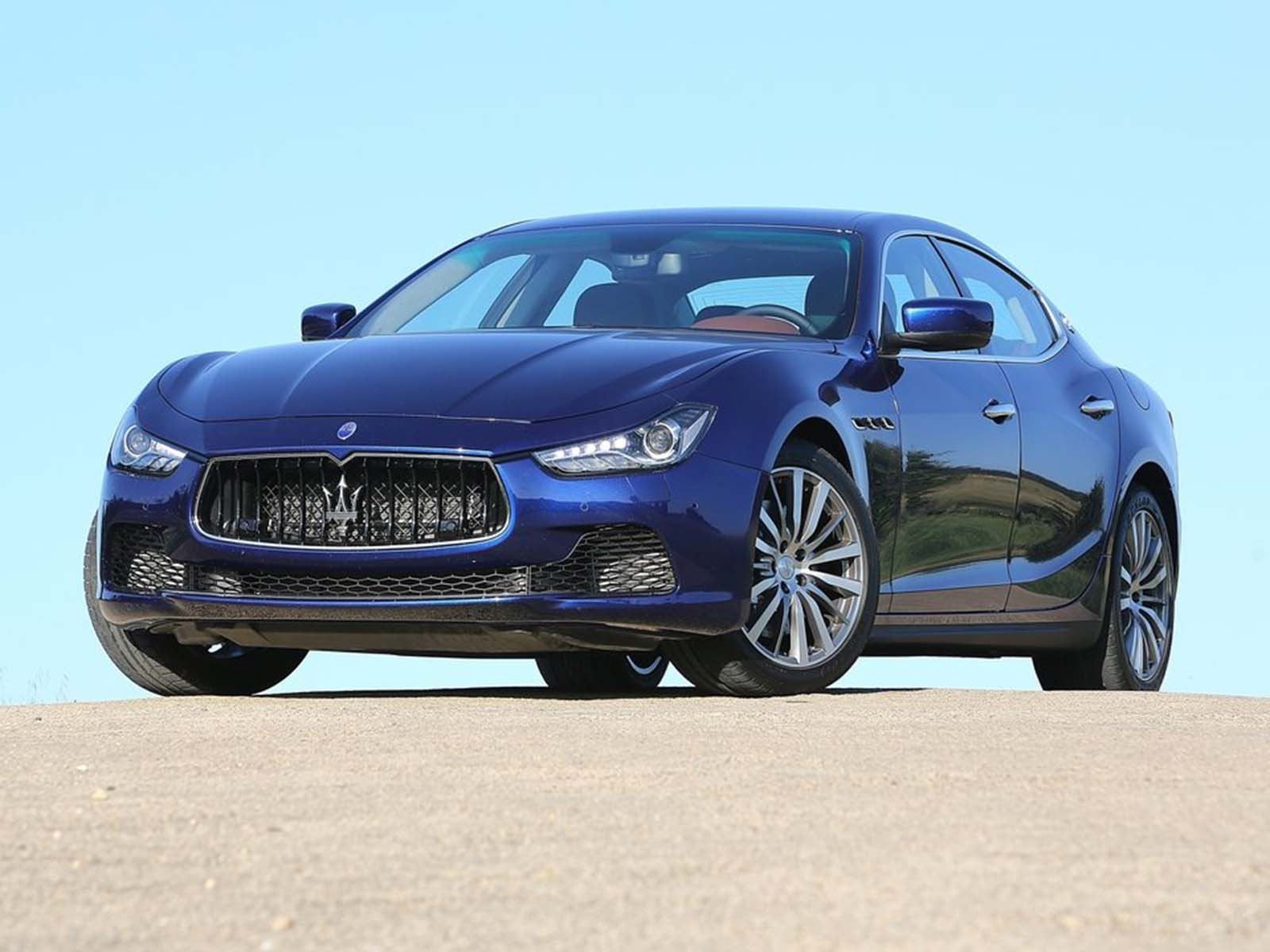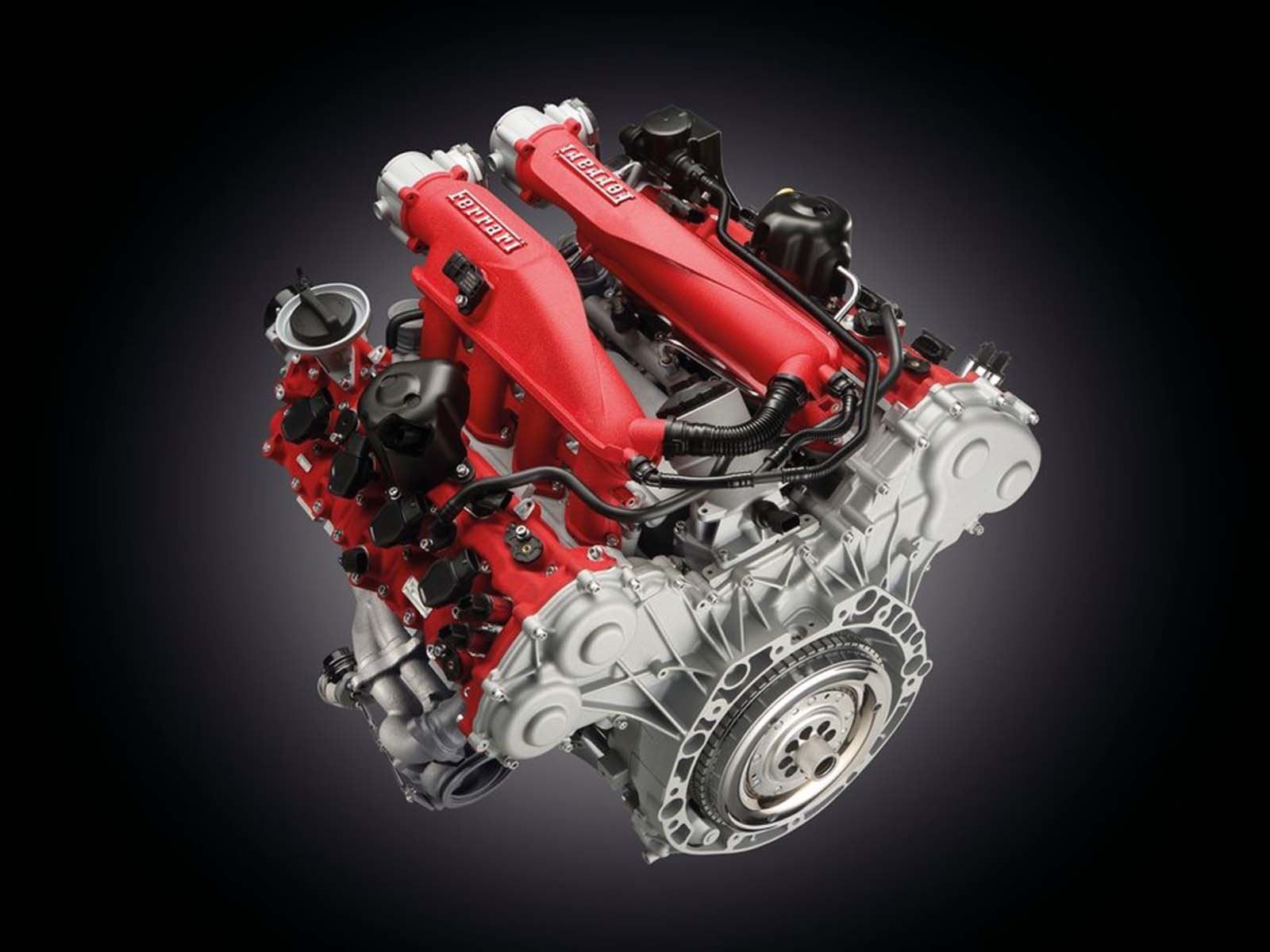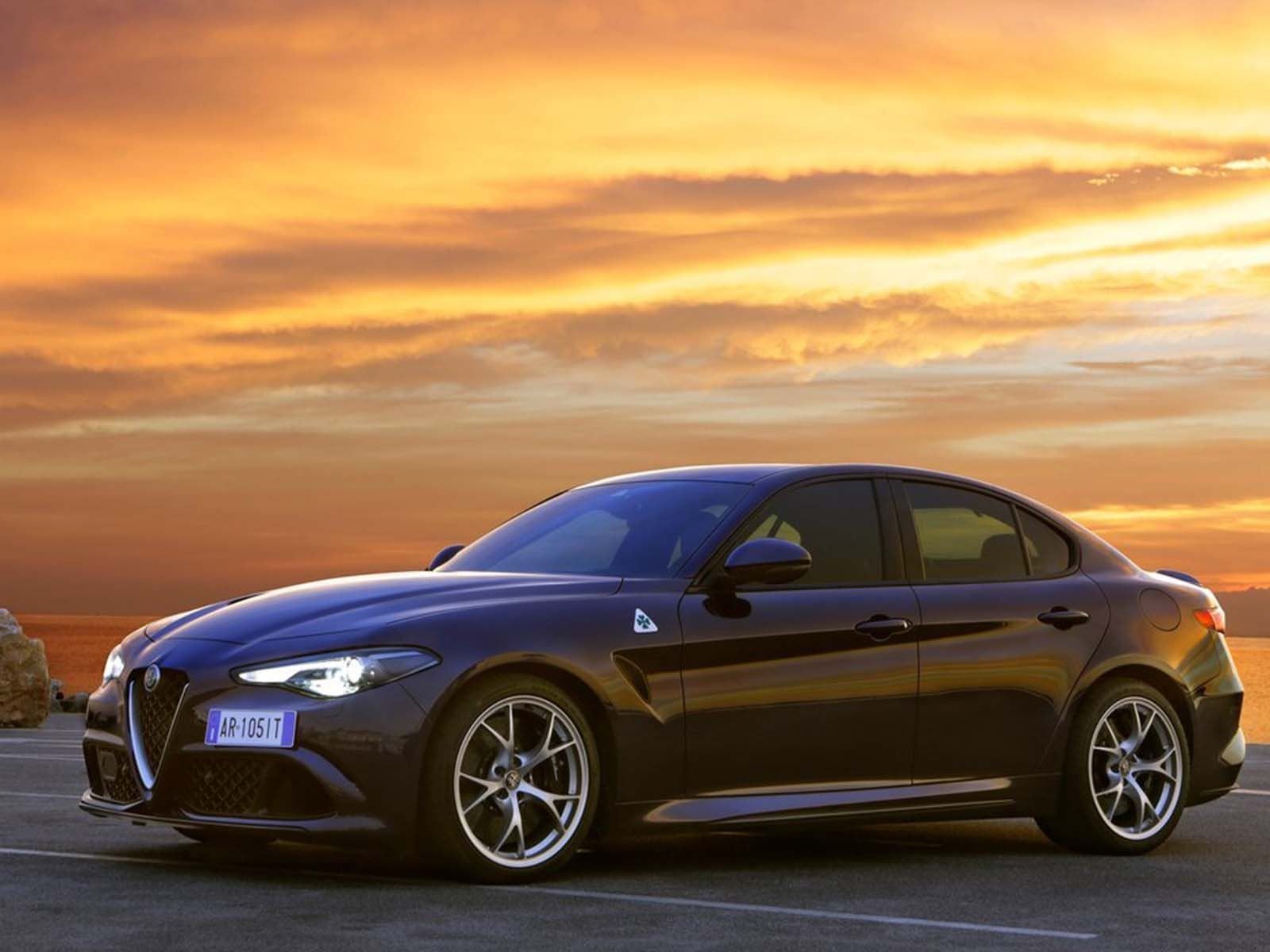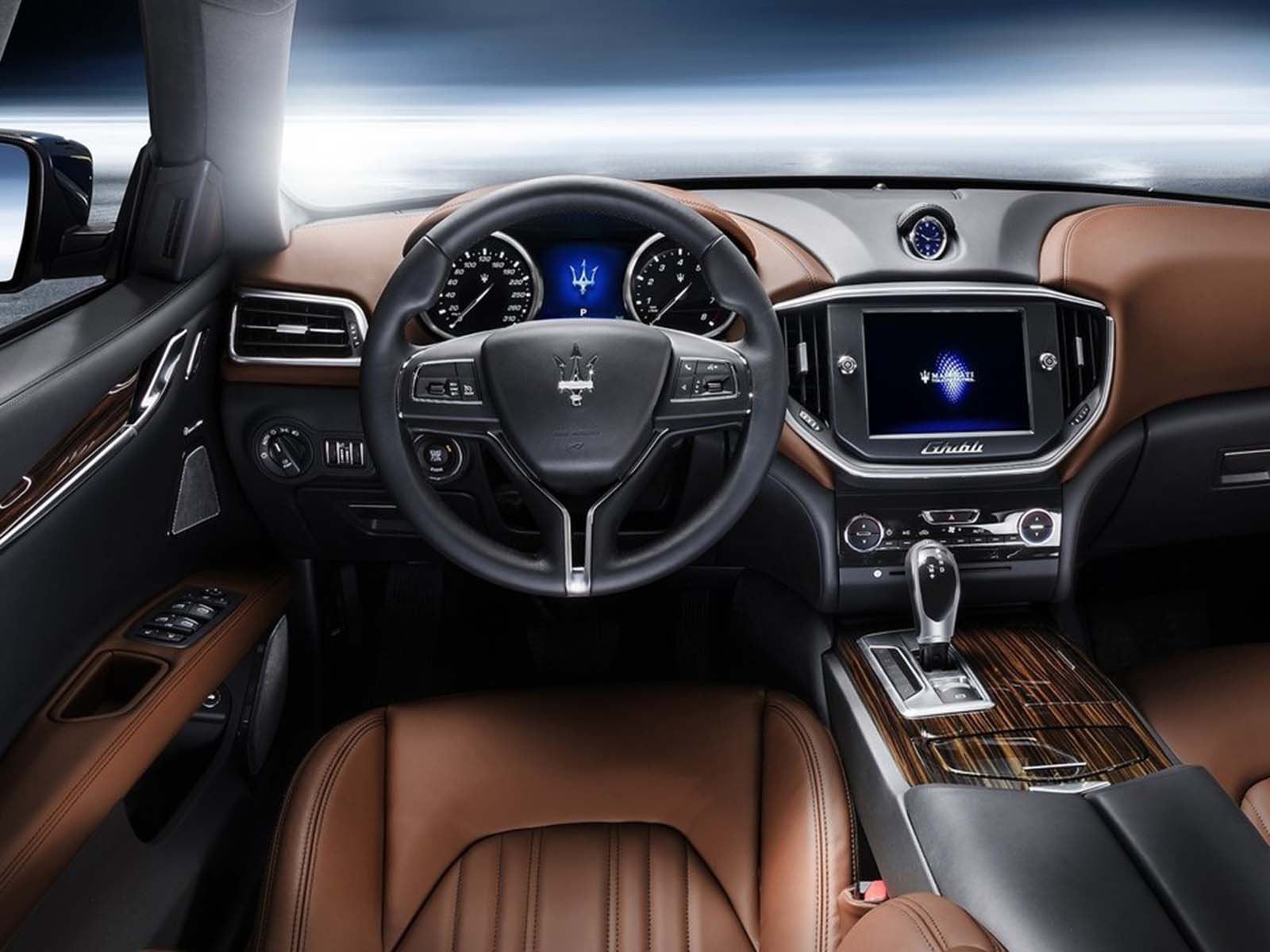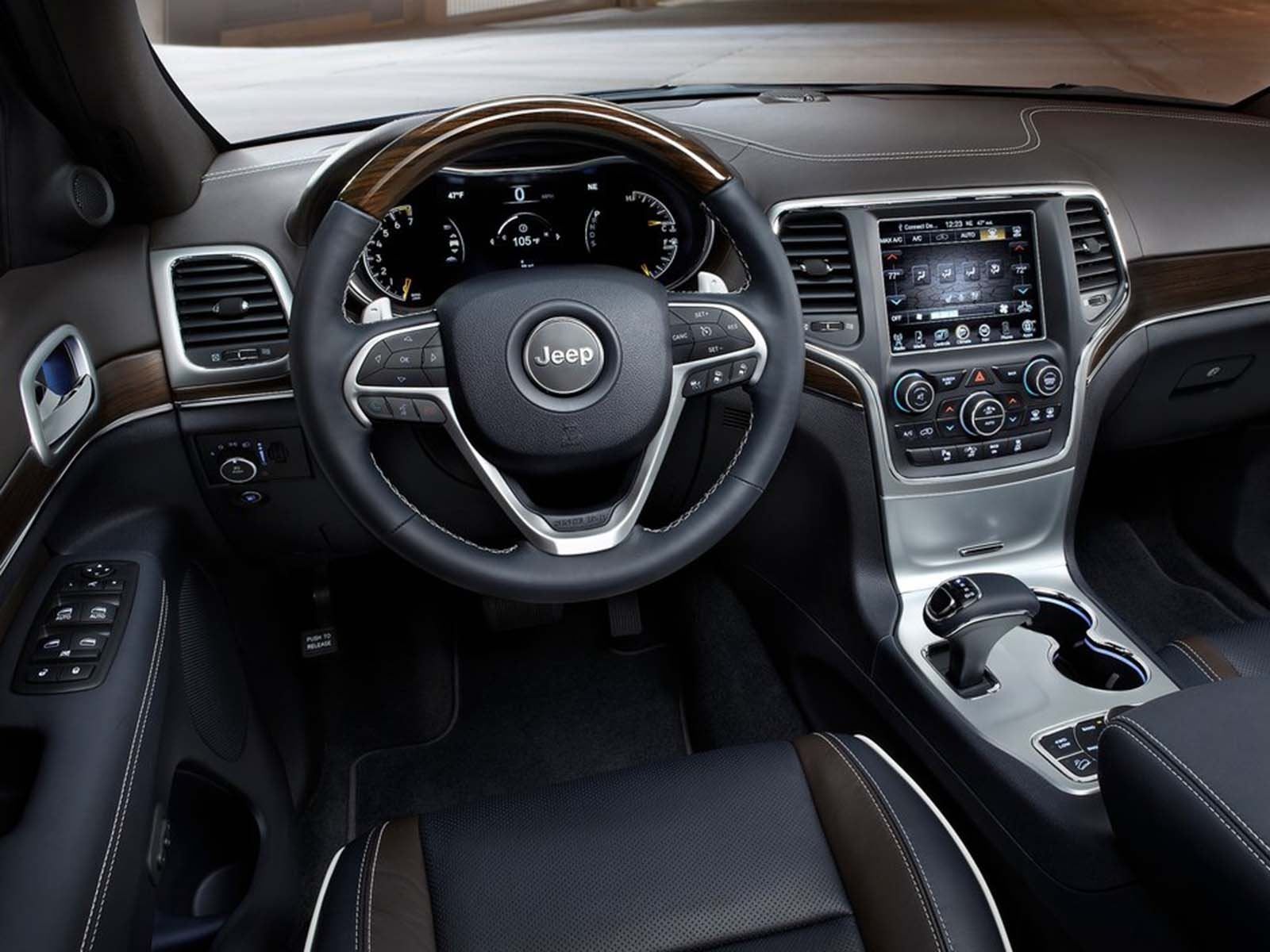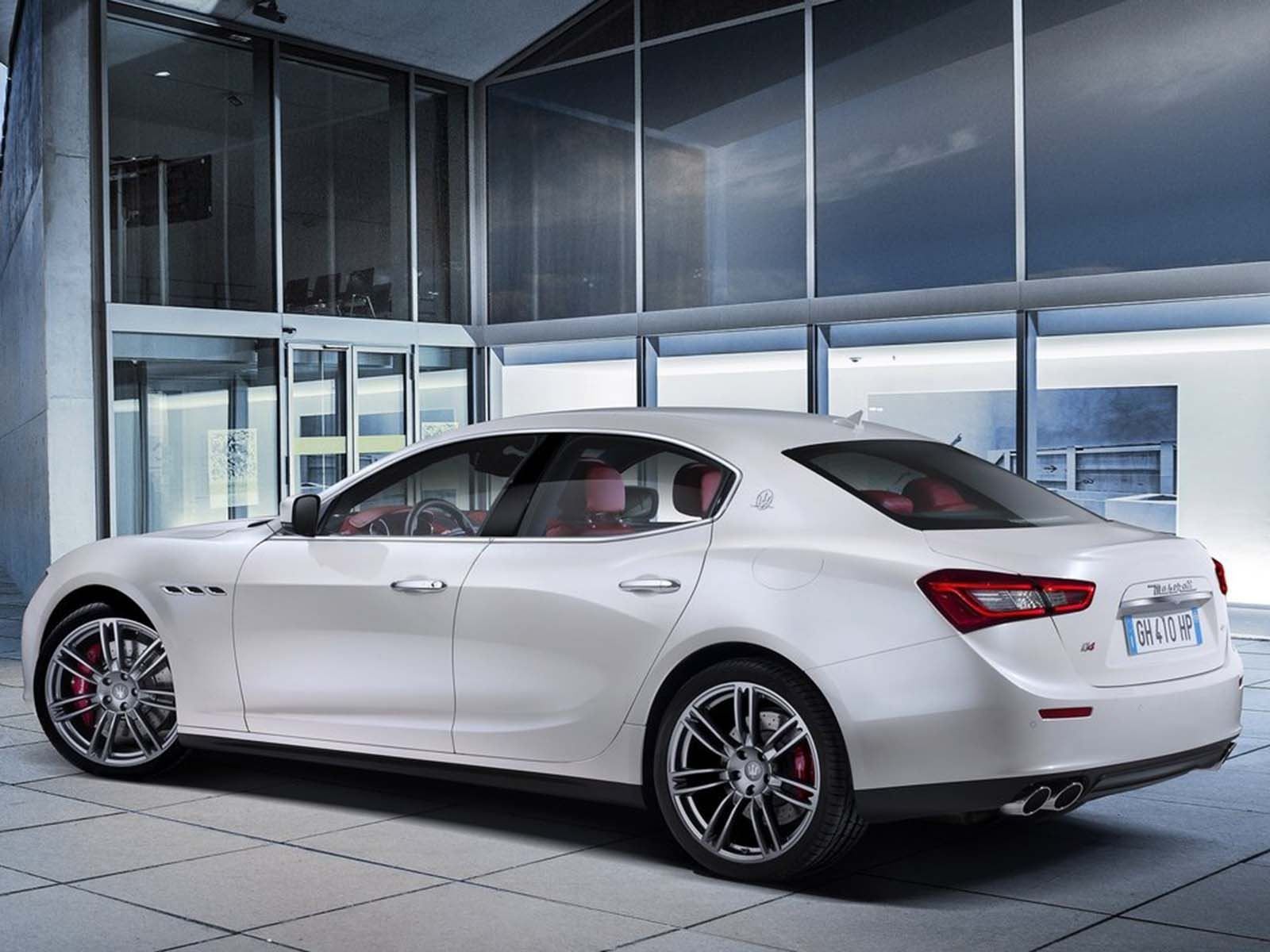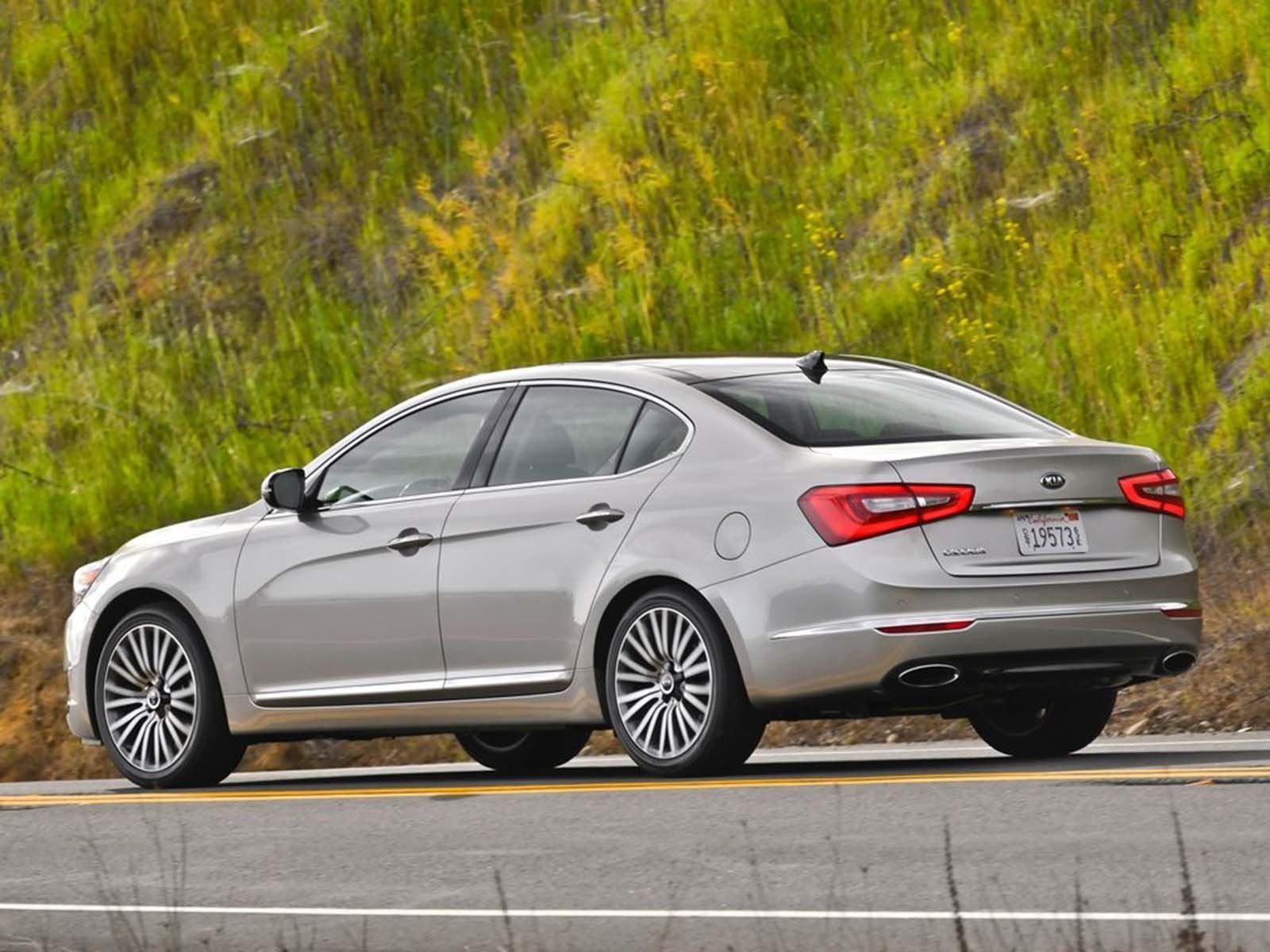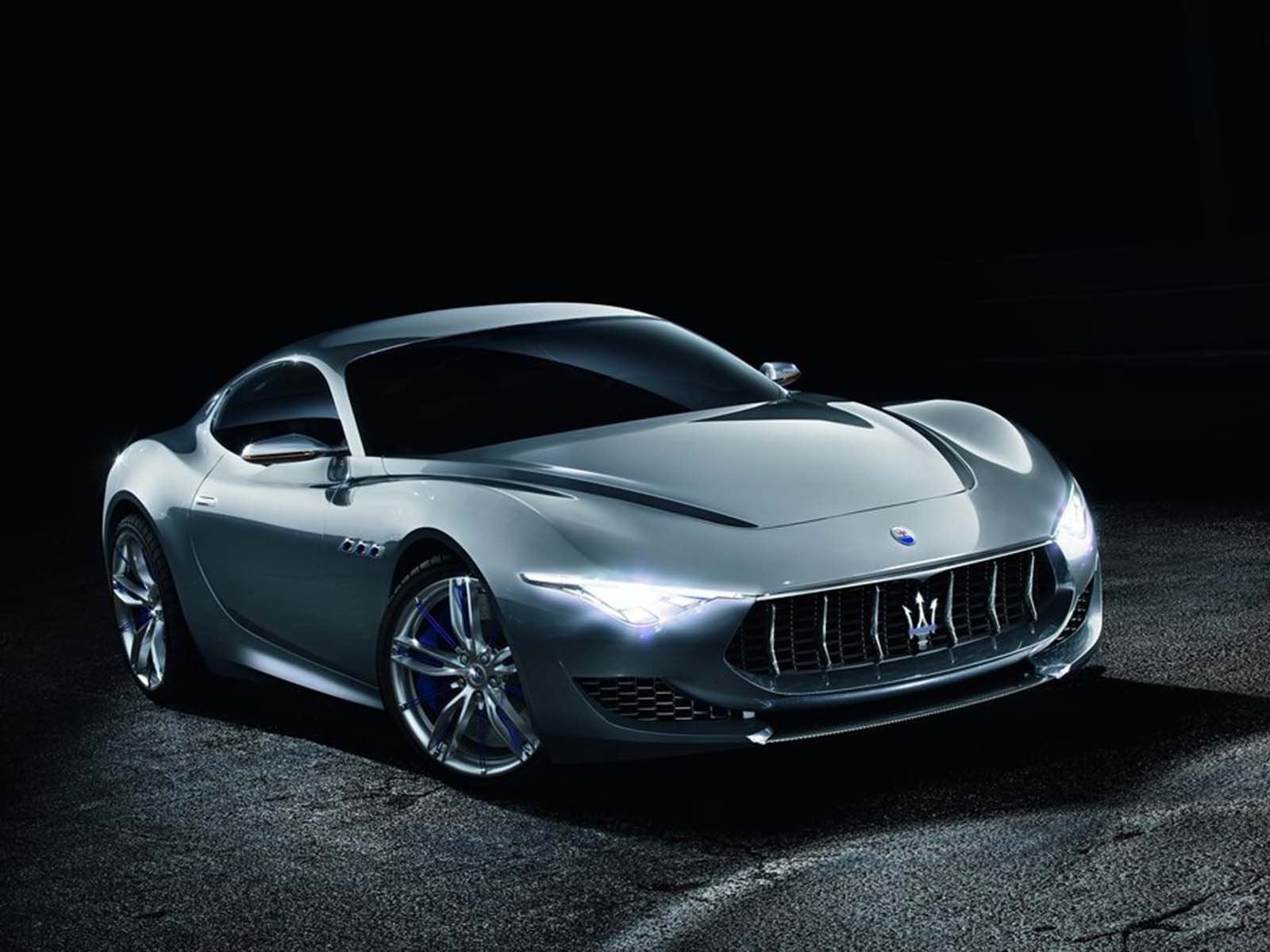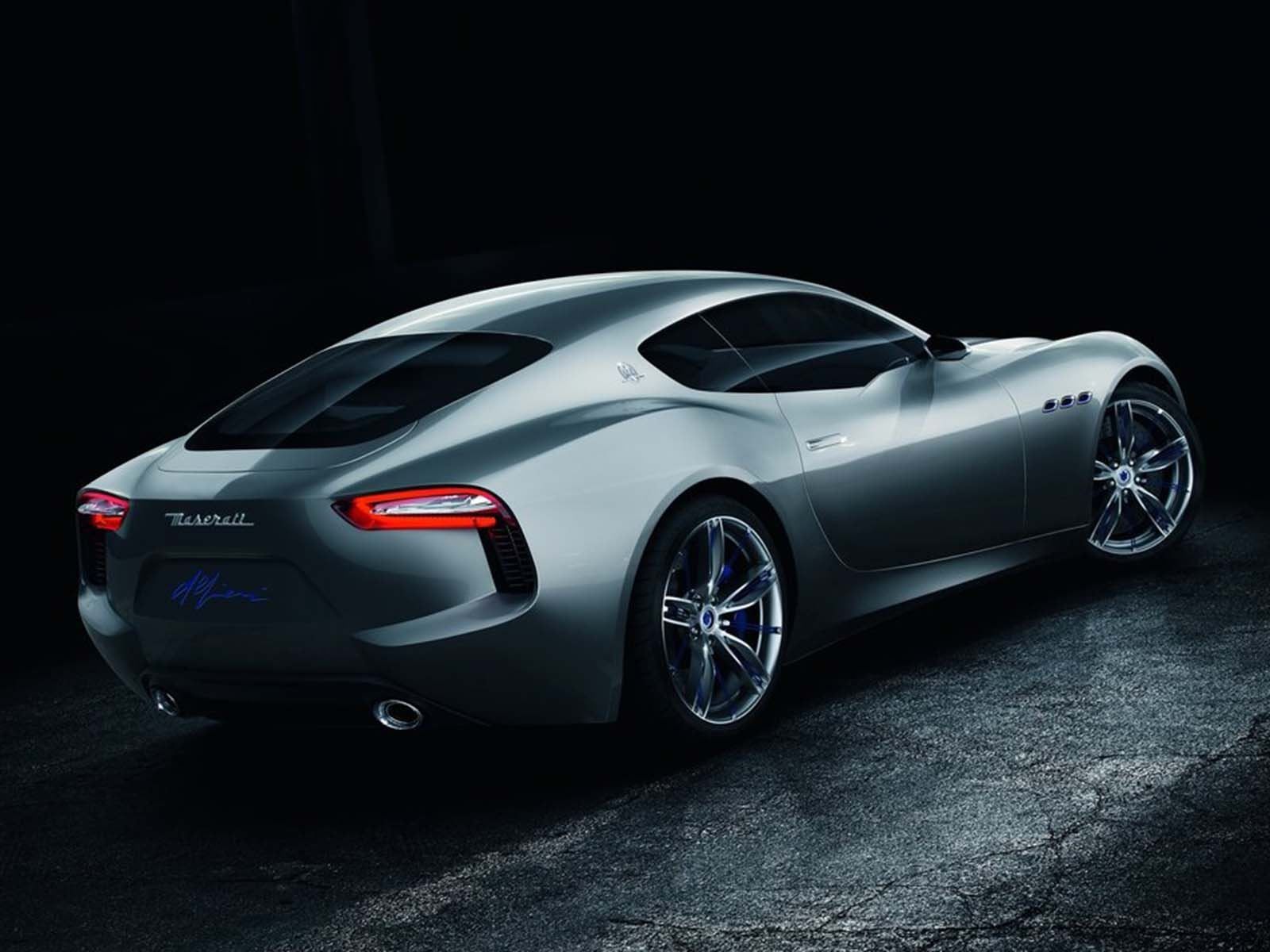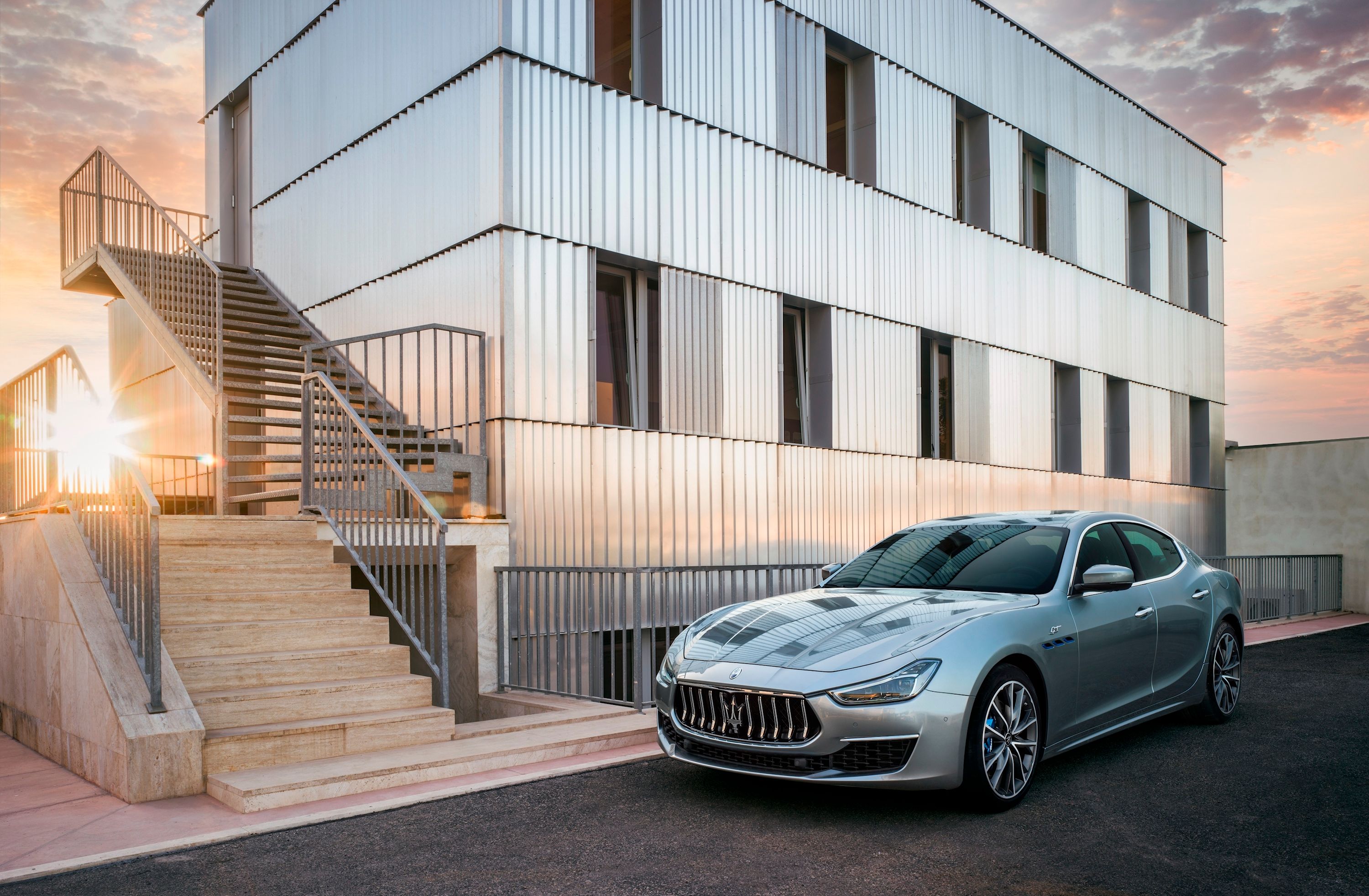
When it comes to the Maserati Ghibli, we haven't been kind. In order to compete with Audi, BMW and Mercedes, Maserati had to make a move downmarket and create a more affordable luxury model in the shape of the Ghibli. However, the Ghibli missed the mark for a number of reasons, all of which add up to create a disappointing car. Thankfully, they can all be rectified, and in the spirit of trying to keep one of our favorite marques alive, we've highlighted our biggest issues with the Ghibli and how they can be fixed.
Bespoke Engine
Many people believe that the Maserati Ghibli and Alfa Romeo Giulia QV use the same twin-turbocharged V6 engine. In reality, the F154 V6 engine in the Giulia is based heavily on the F154 V8 used in Ferrari models such as the California T, 488 GTB, GTC4Lusso, and Portofino. The Ghibli uses an F160 V6 which was designed by Ferrari, but based on a Chrysler Pentastar block. There is no reason why the Ghibli should use a Chrysler-derived engine, while the cheaper Giulia uses an engine borrowed from Ferrari. Even the most powerful Giulia produces 424 hp, which is far less than the competition and the Alfa Romeo Giulia QV at 505 hp.
Better Value
The lack of power is part of the reason why the Ghibli represents one of the worst values in the automotive industry. The base Ghibli starts at $73,050, while the 424-hp S Q4 GranSport trim starts at $86,750. By the time options are added, the Ghibli quickly becomes priced near larger, more powerful sedans such as the BMW M5 and Mercedes E63 AMG. These are cars that produce over 600 hp from twin-turbocharged V8s. Why pay nearly six-figures for the Ghibli when the cheaper Alfa Romeo offers more power and the Germans alternatives offer a much better package? Maserati needs to figure out how to improve the value of the Ghibli to make it more competitive.
Bespoke Interior
Not only do the German competitors offer more power and interior space, they also have superior cabins. One of our biggest gripes with the current Maserati lineup is the parts bin sharing with FCA. The Alfa Romeo shares almost nothing in common with cheaper models from Chrysler, Jeep, and Dodge. Maserati interiors look far too much like cheaper models from FCA thanks to shared switchgear and the U-Connect infotainment system. Alfa Romeo developed its own bespoke infotainment system, which helps the Giulia stand apart from other FCA models. If Maserati wants to be taken seriously, it needs to develop a bespoke interior without borrowing anything from FCA.
Sexier Styling
Styling is another area where we feel the Ghibli comes up short. The Ghibli looks fine against models like the BMW 3 Series and Audi A4, but at more than double the price of those cars, it should look more than fine. If we had to compare the styling of the Ghibli to another car, it would be the old Kia Cadenza. From the rear, we have actually been fooled into thinking that the Cadenza was a Ghibli when we saw it on the road. This is high praise for the Kia, but bad news for Maserati. We think that Maserati should have a rethink on the Ghibli's styling. As we can see from the stunning (but aging) Gran Turismo and the Alfieri Concept, the company still knows how to build head-turning cars.
Choose a Direction
Our final recommendation to improve the Ghibli is more of a fix for the brand as a whole. Maserati needs to decide what it wants to be and stop trying to cater to too many groups. It is hard for customers to take the company seriously as an exotic luxury brand when dealerships are advertising the best lease offers on a base Ghibli. Alfa Romeo can fill the $35,000 to $100,000 price range and compete with the German luxury brands. This should leave Maserati to build cars in the $100,000 to $200,000 range and act as an entry point into the more expensive Ferrari brand.

